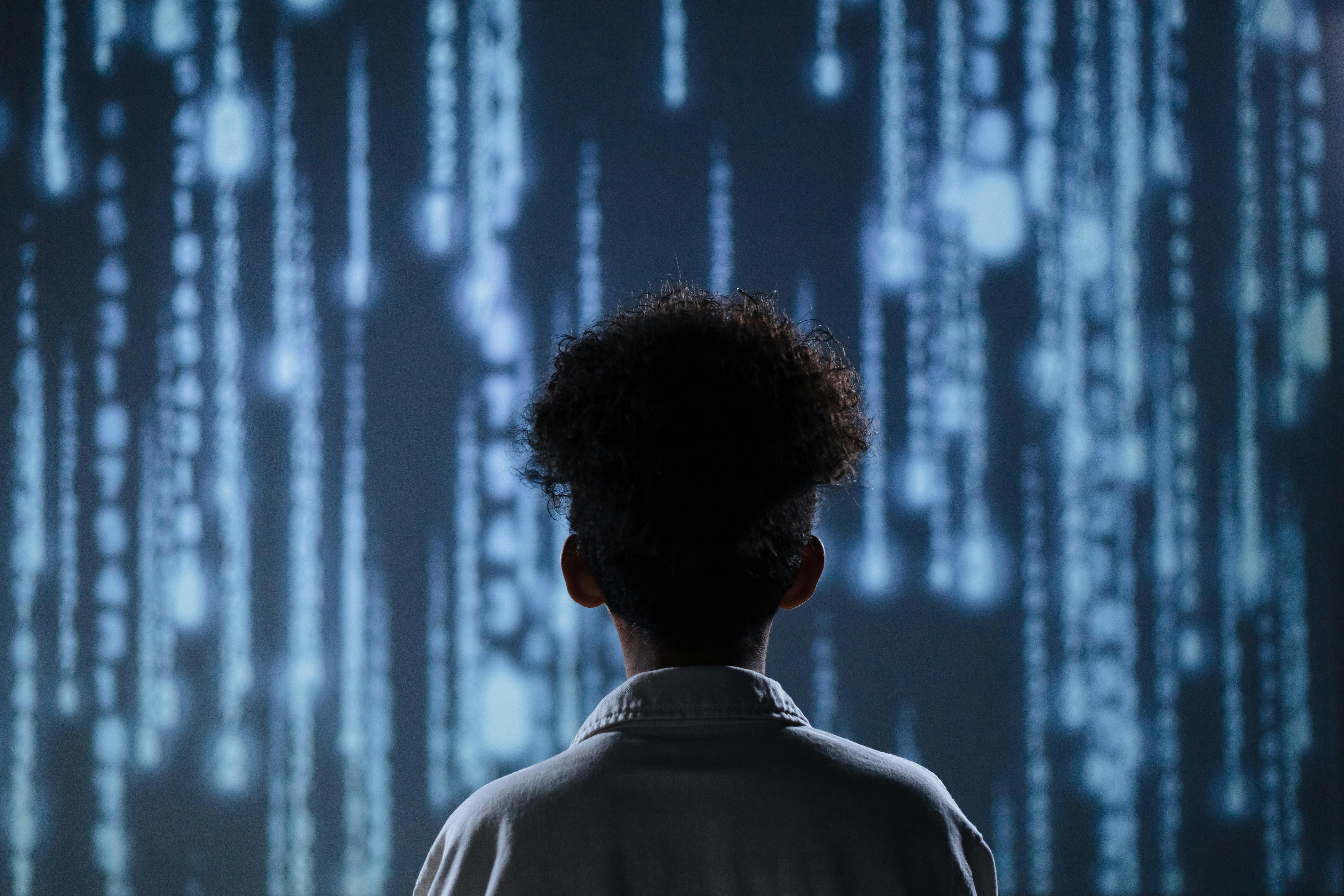The Evolution of Education: The New Normal Could Be Better Than Ever
The evolution of education will require vision, clear and consistent communication, and a plan with measures of success

Sir Ken Robinson inspired educators around the globe to include creativity and rethink the way we consider schooling. Uncanny, we lose the loudest voice of re-envisioning school during a period in world history where we are actually being challenged to re-envision school.
As we are beginning a new school year in the midst of a pandemic, we are realizing this crisis has challenged districts and ministries of education worldwide to consider schooling in a very different way. As we continue to re-envision schools this school year, here are some key areas in which we see potential for the greatest evolution of “school.”
Well-being
Human beings require structure and a feeling of normalcy. COVID-19 has disrupted every aspect of normalcy, especially for our children. As schools reset for the 2020-21 school year, an abundance of caution is being taken to prepare for the unknown as districts follow the recommendations of CDC as well as state and local health departments.
The one piece that health departments cannot predict is the amount of social-emotional unrest parents, students, and teachers are feeling. School districts around the country are focused on the social-emotional well-being of kids, some even telling teachers not to focus on standards the first week of school but rather to connect with their students and attend to their emotional dispositions.
- How to Remotely Support Social-Emotional Learning
- Social Emotional Supports for Children and Educators in K-12 Schools
- 15 Sites/Apps for Social-Emotional Learning
- 10 Tips to Support Mental Health in Online Learning Environments
- Remote Learning and Mental Health: What Educators Need to Be Aware Of
- Remote Learning and Mental Health: Preparing for Back to School
- Remote Learning and Mental Health: Best Practices and Potential Pitfalls
Organizational Culture
No one functions well during a pandemic, let’s be honest. But districts with a cohesive educator and staff professional learning plan perform better than most.
Providing PD to not only teachers but also administrators, curriculum specialists, educational technologists, counselors, and other positions ensures everyone intricately connected to student success has the best tools and resources to support students. Being inclusive in the design and delivery of this learning experience develops a culture of collaboration. Delivering learning to adults in a similar fashion as learning is expected to be delivered to students also aids in modeling effective practices.
- Best Practices Around Virtual Professional Development
- Strategies for Virtual Professional Development
- Providing New Teachers with Remote PD and Modeling
- Top Sites for Educator Professional Development
Vision of Learning
Learning has forever changed, thanks to COVID-19. Online learning was once an alternative program and is now the standard of course delivery. Hybrid indicates a combination of online and face-to-face instruction, a tenet of blended learning now visible in almost every education system in the world.
Tech & Learning Newsletter
Tools and ideas to transform education. Sign up below.
With these increases in online access to learning comes the heightened concern for equity in access to technology and content. Most agree that students must be oriented to online learning and not just thrown into the experience, but few have the time to actually build this gradual release experience for learners. Our students from special populations also need to be considered in a completely different way with regard to inclusion and accessibility.
Hybrid and online learning requires a special effort to increase engagement, especially among young learners. The curriculum and content selected for traditional classroom environments must be recalibrated in order to deliver online or through a hybrid approach, and all the while we must ensure students are meeting the measures of accountability. Technology planning is a priority now as is identifying resources, staffing, and funding for the changing landscape.
- New Learning Models for Fall 2020
- New Learning Models for Challenging Times
- How to Teach Digital Citizenship
- Supporting Digital Citizenship During Remote Learning
- Making Digital Citizenship “Stick”
- What is Remote Learning?
The Role of the Caregiver
The school isn’t the only location with a facelift! Gone are the days when parents were considered “visitors” to classrooms; now we depend on them to be co-teaching. Households are setting up classroom spaces in bedrooms and family rooms, and family engagement is more essential now than ever.
Schools are entering into true partnerships with parents, which requires an increased focus on communication and a new dedication to collaboration.
- A Guide for Parents Teaching at Home
- 5 Ways to Support Parents During Remote Learning
- How Parents Can Participate in Remote Learning
- How to Do Virtual Parent-Teacher Conferences
Collaborating with Partners
Parent collaborators are just one of many of the collaboratives within a district. Corporate partnerships are increasingly significant as districts try to innovate and fund this new way of learning.
Gaining momentum from the community is also important and that requires a significant amount of effort to develop community partnerships, especially during a period of limited contact with others. Establishing connectedness and support through collaboration can help districts overcome the sense of isolation during this time.
- 5 Ways a School Board Can Engage the Community During a Crisis
- 3 Key Words for Education Boards to Remember During a Crisis
- Why a School Board Should Set New Priorities During a Crisis
Innovation in Chaos
Just as Sir Ken challenged us for years, now is the time to innovate. Budgets are somewhat full of promise from the federal government and states are beginning to reopen to decrease the economic impact.
It is too soon to tell what the world will look like on the other side of COVID-19, but one thing we can be sure of with regard to education: It will never look the same. Parents will be more involved, teachers are enhancing or developing practices that will forever change the way they consider delivering lessons, and administrators have learned the value of planning for the future. We have the opportunity to do something very special in education. Let’s not let this crisis pass us by without putting it to good use. Let’s commit now to innovate through the chaos and create a new normal that is better than ever before.
- How to Develop an Instructional Continuity Plan for Any Emergency
- A Better Plan for Fully Reopening Schools This Fall
Dr. Kecia Ray is a strategic thinker and a proven leader in K12 transformation. She serves as Tech & Learning’s Brand Ambassador and is the founder of the consulting service, K20Connect
Dr. Ray's career includes designing technology within the Frist Center for the Visual Arts and directing technology research through Vanderbilt University School of Medicine Science Outreach programs. As a district administrator for Metropolitan Nashville Public Schools, she led the award-winning design, implementation, and evaluation of instructional technology programs, including instructional design for online and blended learning environments, redesigning physical learning environments, redefining school libraries, and establishing the first virtual high school to award the diploma. She leads K20Connect and other passion projects supporting K20 education around the world.

